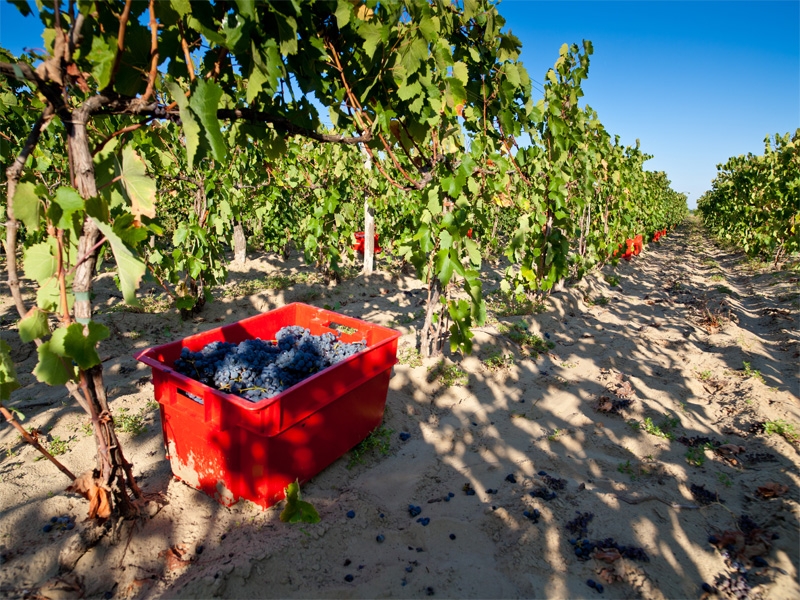
Kadarka is a variety that you can very successfully claim not to be an indigenous Croatian variety, and to be fair, you’d probably be right. The origin of this red grape variety is not completely understood, as the genetics show it to be the cross between two non-Croatian varieties (Hungarian variety called Totika and Turkish variety Papaskarasi), and that cross probably appeared somewhere around Skadarsko lake, in the south of the Balkans, in today’s state of Macedonia. It probably came to this northern region, specifically the region around the Danube River during the 17th century and the Turkish occupation of these parts of the world, and soon it became quite an important player in the winemaking in Slavonia and the rest of Podunavlje (which is the name we use to describe the region around the Danube).The variety has other names under which it’s known: in Eastern Croatia it was called Braničevka and was considered a separate variety, but the genetics showed that it’s not, that the two are genetically the same.
In Croatia, it was grown throughout the continental Croatia, from Dunav and Baranja to Podravina, since it could be trusted to give good yield each year, although the harvest is unusually late (in November, for the red or rose wines). It was made by the well known winemakers as well, as Ivan Enjingi claims that his great-grandfather had Kadarka vineyards when he started the family business! In Hungary and Bulgaria, the two other countries where it’s grown and is significant it’s called Gamza. During the last century, the variety has fallen out of favour, and has been almost completely replaced after the phylloxera epidemic by imported varieties in the region. (A nugget from Kadarka history: world-famous Hungarian composer and pianist Franz Liszt sent Pope Pio IX some Kadarka each year, to celebrate Saint Urban Day)
One of the most interesting features of this variety is that it’s possible to create white wine from early-harvest Kadarka, of course rose wines are also made and are popular, and late-harvest Kadarka can give premium quality dessert wines on good years, with dry and warm autumns. When allowed to achieve higher yields per vine, the quality of wine is not too great, however, when the yield is controlled and not too large, the quality (and the colour) of the wine is excellent.
Today, it’s almost impossible to find Kadarka being grown in Croatia. Janečić winery in Erdut has a small Kadarka vineyard and bottles varietal wine; however it never manages to achieve the quality it could. Over the border, in Vojvodina province of Serbia, however, where Kadarka has been grown for centuries as well a Croatian family has made a step in the right direction: Tonković winery has a vineyard of seven hectares on the sandy soils around the town of Subotica, planted exclusively with Kadarka. The winemakers from the La Rioja Spanish region have been helping the family get the best possible wines from Kadarka, and they have so far managed to get several gold medals and awards, including medals on the Decanter grading! And, Croatian winemakers will try and renew the variety in Croatia as well, as it seems: Vlado Krauthaker has decided to plant some Kadarka in his vineyards, and if he can make it work, we’re sure that many others will follow!









